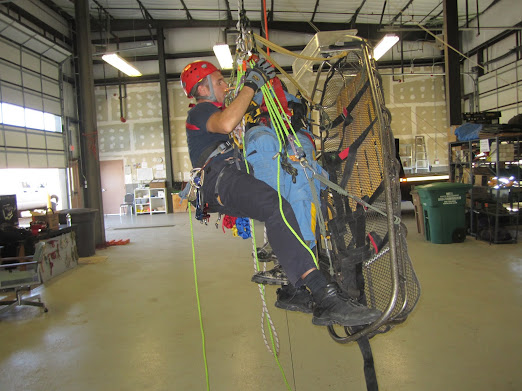I know it's been ages since I've posted anything here—life has been so busy, so I've had to let some things slip, including blogging—but [waving like a nut] I'm still here and still loving being part of SAR and proud to be a member of this wonderful team of volunteers here in Coconino County. Matter of fact, I intend to keep at it for as long as I can be of service in some capacity, which hopefully will be for decades to come.
 |
| From a search in Havasupai Canyon |
Anyhoo... to the main point of this post:
I wanted to pass along news of an upcoming film night and fundraiser, which you can attend at two different places: the Orpheum Theater here in Flagstaff on September 17th or the Pollack Tempe Cinemas in Tempe on the 18th. Here's the official scoop from the Facebook announcement...
American Canyoneers has launched a fundraising campaign to help the team help us. These funds will be used for the purchase of critical equipment and training for team members.
How can you help? Easy! Come watch a few great films about canyoneering! Along the way you’ll see a presentation by the SAR team about the rescue in Insomnia Canyon, certainly one of the most difficult slot canyon rescues ever. You’ll be stunned at the effort the team had to put into saving one life. Join us in Flagstaff on September 17th at the Orpheum Theater or in Tempe on September 18th at the Pollack Tempe Cinemas.
Have fun, celebrate our favorite pastime, learn how you can avoid being the next victim, and support our SAR team.
Check out the schedule for the evening and more about the films at http://www.americancanyoneers.org/coconino-sar-fund-raiser/
You can order tickets (and make an additional donation to SAR if you'd like) here: http://americancanyoneers1.eventbrite.com/
Hope you can make it!





































